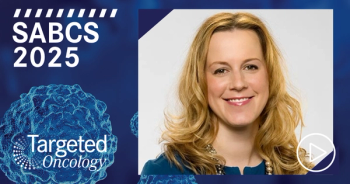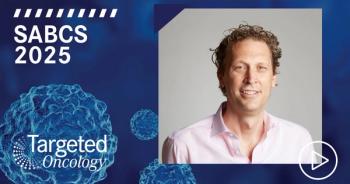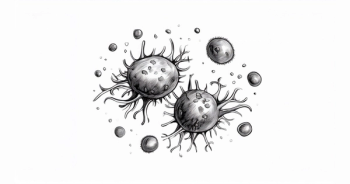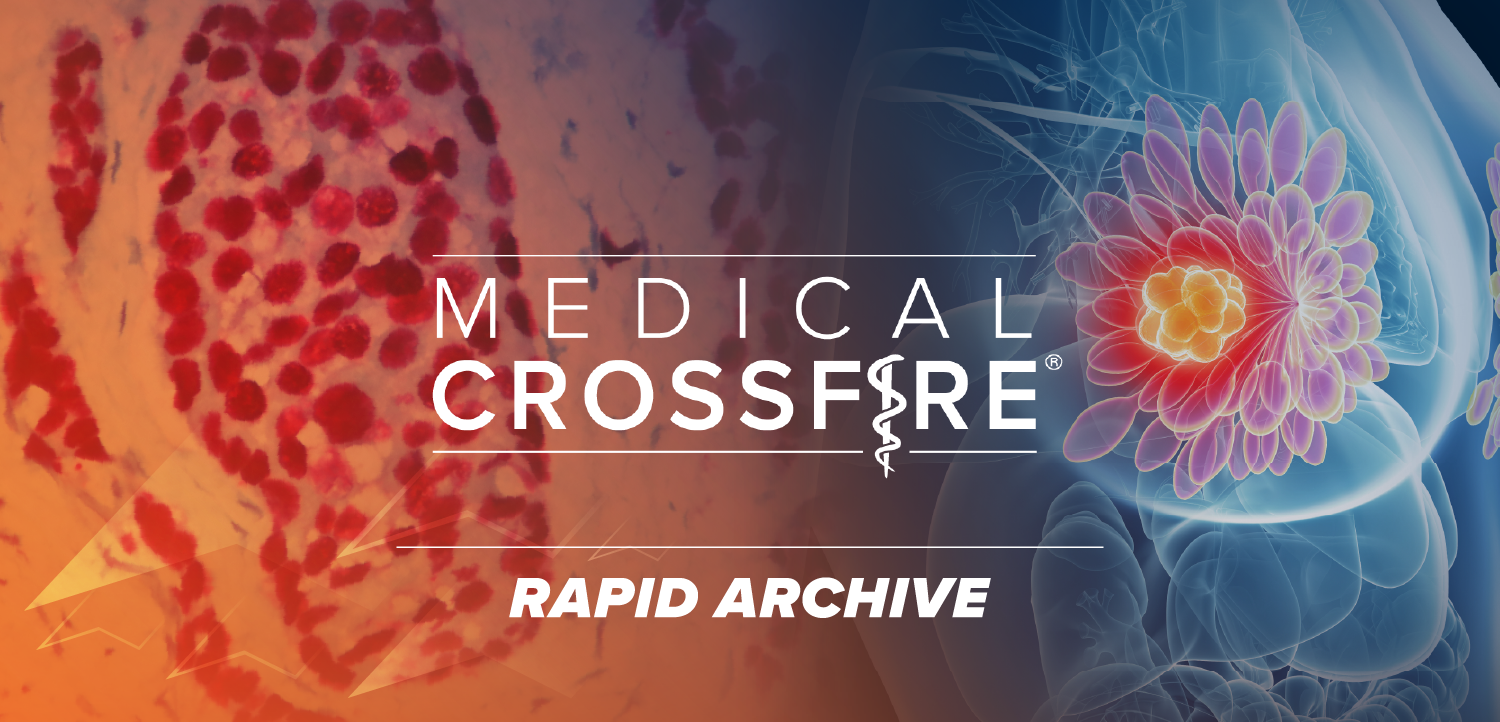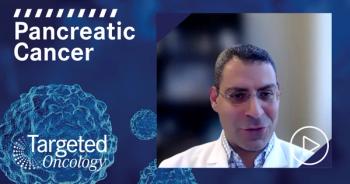
Novel Cell Therapy Improves HSCT for Hematologic Malignancies
Samer A. Srour, MD, discusses Orca Q graft and how it’s revolutionized haploidentical allogeneic hematopoietic stem cell transplantation in patients with hematologic malignancies.
Samer A. Srour, MD, assistant professor, Department of Stem Cell Transplantation, Division of Cancer Medicine, The University of Texas MD Anderson Cancer Center, Houston, TX, discusses Orca Q graft and how it’s revolutionized haploidentical allogeneic hematopoietic stem cell transplantation in patients with hematologic malignancies.
Transcript:
0:08 | [I’ll be] talking about Orca Q, which is an unmanipulated graft, and its impact on improving the outcomes of haploidentical stem cell transplantations. Historically, before, I would say 2009-2010, patients who don't have matched donors and these patients with high-risk hematologic malignancies, who failed treatments, or even if did not fail treatments, they are at very high risk of dying from their disease if they don't have matched donors to do stem cell transplant, which was the only way to cure them. They have very, very limited other options. We used to use what we call cord transplants and some mismatch transplants, which did not have very encouraging outcomes and high risk of complications.
0:57 | Since what we call it right now the post-transplant cyclophosphamide, it's a drug called cyclophosphamide introduced by the John Hopkins group, almost over 15 years ago, since we introduced that drug, we were able to change the outcomes for the haploidentical transplants, which means those related patients who are not fully matched there can be just say, generally language can be like 60%-70%, match 50% match, they will not be 100% match. And with the cyclophosphamide we were able to do transplants from these not fully matched related donors.
1:48 | The reason behind the success is we improved our graft failure and graft versus rejection. So basically, less patients had graft failure, and less patients had graft-versus-host disease. At the same time, we have improved our treatments for to treat supportive treatments to treat infections, and other complications. So now, we have that option for our patients. Pretty much every patient in need for transplant, more or less has almost everyone has a donor, if not fully matched, you have a partially-matched related donor. And so, that was a practice changing over 14 years ago and the haploidentical transplants just continue to increase.


